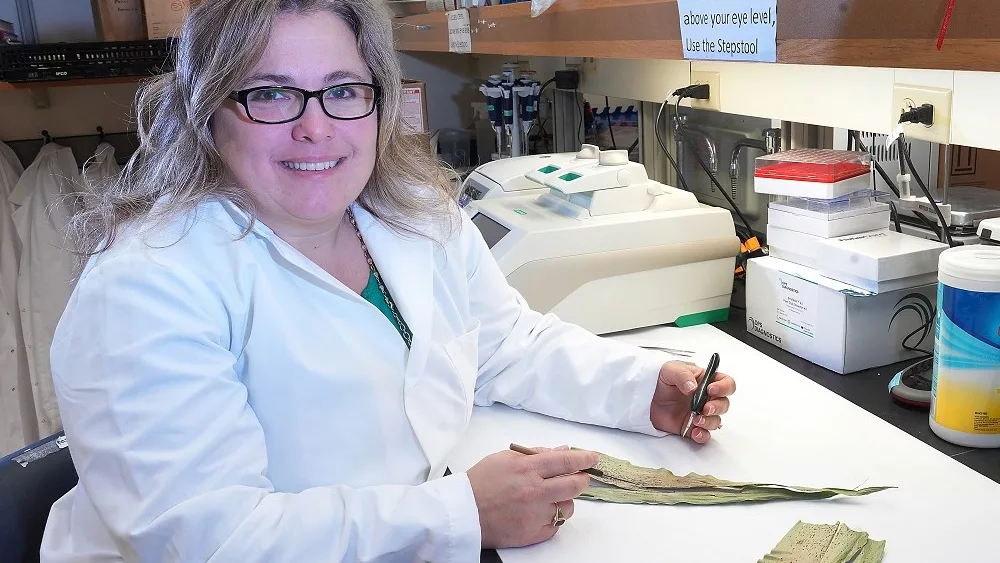The fall is the best time of year to test for soybean cyst nematodes, but some fields in Michigan were too wet to harvest, let alone test. However, the second-best time to test is the spring, before the crop is planted.
SCN is the most damaging soybean pathogen. According to Kaitlyn Bissonnette, a plant pathologist with the SCN Coalition, the most important reason for farmers to run the test is to get a baseline for their SCN egg count.
“If you don’t know what your egg count is, you really don’t know what that yield loss really is,” she said. “That yield potential you have could be really high especially if you have really high egg counts, you might be having a lot of yield loss and not even be realizing it because we have yield loss in the absence of symptoms.”
Bissonnette says the more farmers know about their egg counts, the more they can manage the number and get a better yield. Testing doesn’t take much time, is simple to conduct, and should be done every couple years.
“Oftentimes it’s going out and taking that grid sample for any fertility testing and splitting that sample and sending part of it for fertility testing and the other part for an SCN egg count,” she said. “Or going out and taking zigzag sample in the field and sending that off for SCN counts.”
Here in Michigan, you can send your soil sample to the public lab at Michigan State University. Managing SCN relies primarily on planting resistant varieties, rotating to non-host crops, and seed treatment options.
For more information, visit TheSCNCoalition.com.






